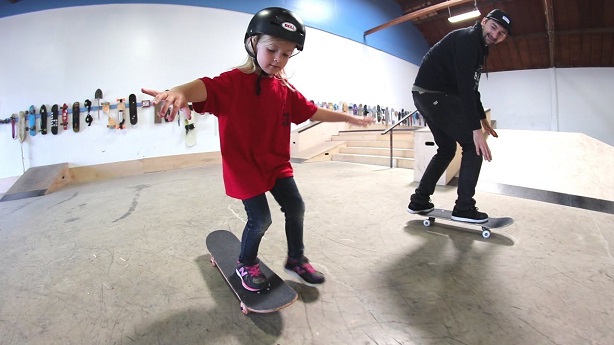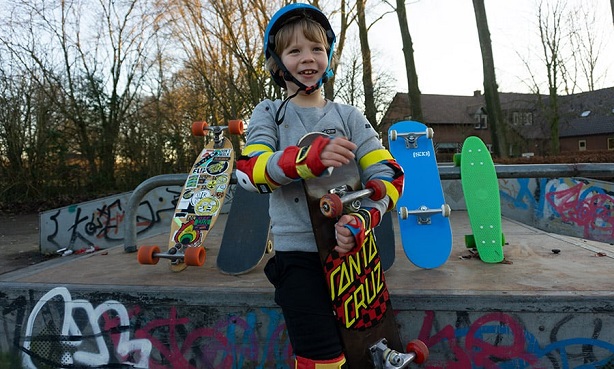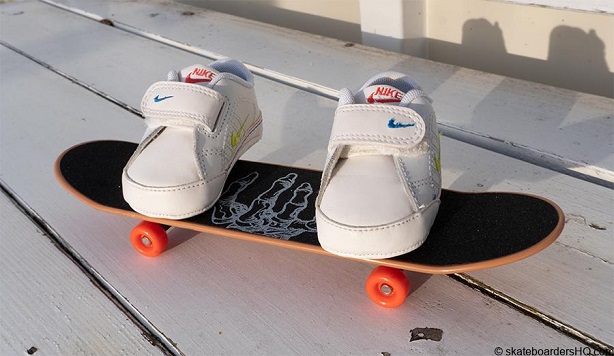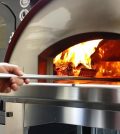Buying Your Child’s First Complete Skateboard? Here Are the Key Considerations!
Anyone who wrote off skateboarding as a hobby after the glorious 80s and 90s era was in for a big surprise in 2020. When most of us were trying our best at social distancing, it proved to be a hobby for people of all ages who want to have a fun time with an individual sport. And get a good workout at that!
Yes, this includes kids too. So, why not turn it into a family hobby that would help keep you all in great shape, and allow you to have a nice bonding time. Imagine all the laughs you’d have as you master the art and start doing some tricks together!
By the time you actually get the skills, you’d realise you also worked on perseverance and patience. Skateboarding isn’t only a sport, but a lifestyle and a passion. Now, since proper equipment is of the essence, you might have some doubt about the most basic piece – the skateboard.
Complete Skateboards Are Best for Beginner Skaters

The complete skateboards kids range is the best option for young riders. These skateboards are prebuilt and ready to use right away. While it may seem better to purchase kits that you get to customise and assemble yourself, the complete counterpart is better for beginners who are just getting a hold of the sport.
Sure, it takes away the customising aspect that some skaters find enjoyable, but this choice spares you the time you’d otherwise spend on learning more about each of the kits, and deciding on which one would be best for your kid. This leaves you with more time at hand to spend on actually skating. Not to mention, you protect yourself and your child from the buying wrong skateboard which can interfere with the learning process.
Moreover, this is an economical decision for you as a parent because the prebuilt complete skateboards kids designed are much more affordable. Even if your child eventually grows out of the passion for the sport, which is likely, you won’t feel regret ever spending the money. Having in mind the market is abundant, and there are various designs you can shop from, you can ease your purchase by deciding on the properties and components.
The Deck Size
Same as with adult skaters, the first and most important thing is a skateboard’s size because of its connection to stability and comfort. Younger children would benefit from a smaller skateboard, the most usual width being six inches. However, if you’re concerned about your child’s safety and want to provide them with a design that would make it easier for them to learn how to ride, a wider deck might be better despite appearances.
Most experts recommend the 7.5 inches, though you’ve also got models of 7.25 and 7.38 inches – both of which are better than the smaller of six. In any case, wider kids complete skateboards are better if you also want to get a board that grows with your child and lasts longer. So, think of the purchase as a long-term investment, and acquire a wider deck.

The Deck Material
There are mainly two deck materials: wood and plastic. The wood is most often Canadian maple which is great because it’s durable and offers a good grip, especially in the designs that have a grip tape on the surface. This feature prevents the feet from sliding.
Plastic may be more affordable however you have to be careful with this choice since with improper texture the child’s feet may easily slide and make the hobby more of a challenge than it ought to be. When in doubt, ask for additional info or advice from the store, and do your research online from experienced skaters for stable decks and brands.
The Wheels

Same as with the adult skateboards, you have the soft and hard wheel options as far as hardness goes for the kids complete skateboard models. Softer wheels are slower and offer better grip than the harder alternative which is better for tricks and speed. With this in mind, it’s best to get softer wheels for your beginner skater child.
The soft ranging from 78 to 87A on the durometer scale are ideal for rough terrain as they do well even on rough surfaces. However, if you plan on training your child in different styles on varied terrains, from streets to parks, ramps and pools, and eventually plan on doing some tricks, it’s best to get the medium range from 88 to 100A. The 101+ are meant for the pros who can do with little grip.
As far as material goes, PU wheels are the soft ones, which you are advised to get for your kid, whereas hard wheels are made from plastic.
And lastly, we have the wheel size. Don’t be fooled by small wheels because smaller ones of 50 to 51mm are great for tricks as well as technical rides, whereas big wheels of 60mm or more are great for speed. What your child needs is the middle ground of about 52 to 59mm for stable and care-free rides.






